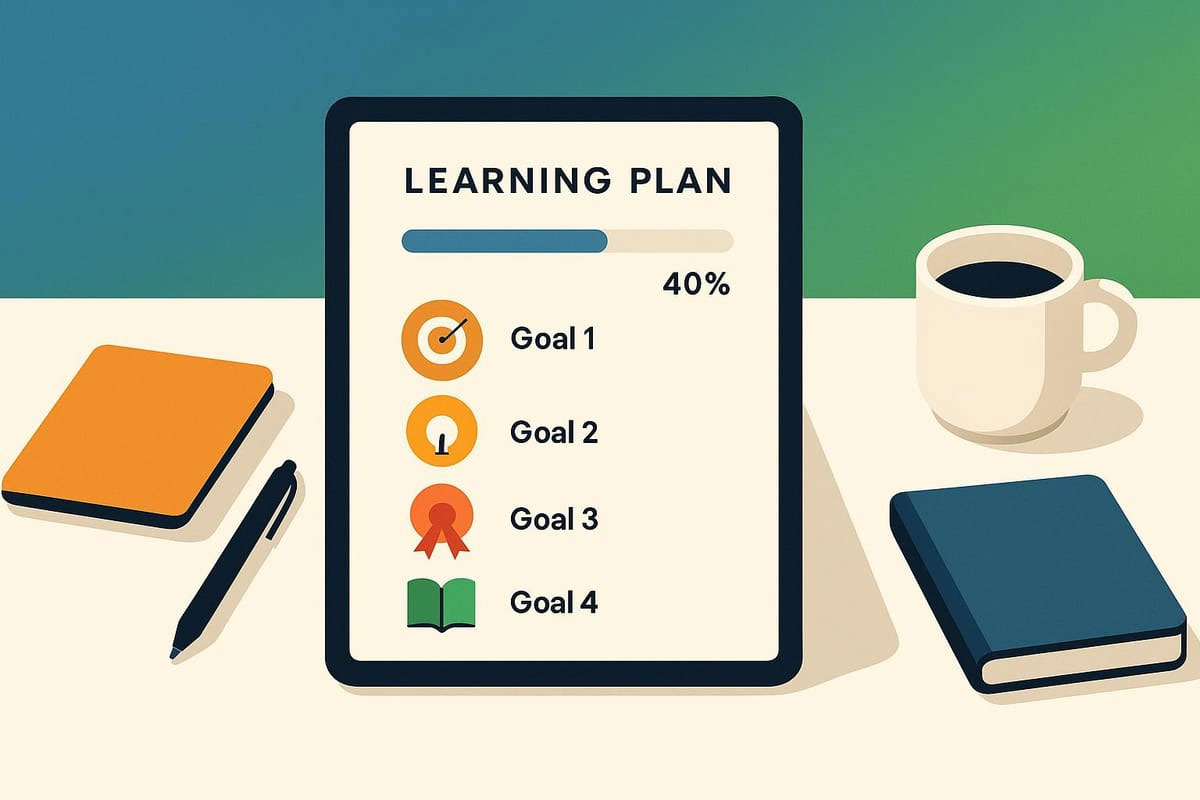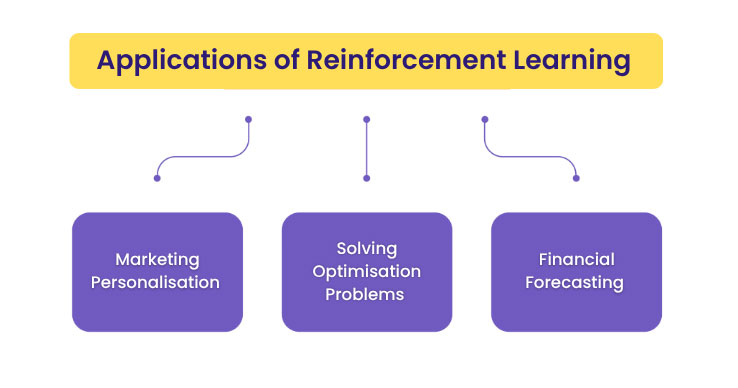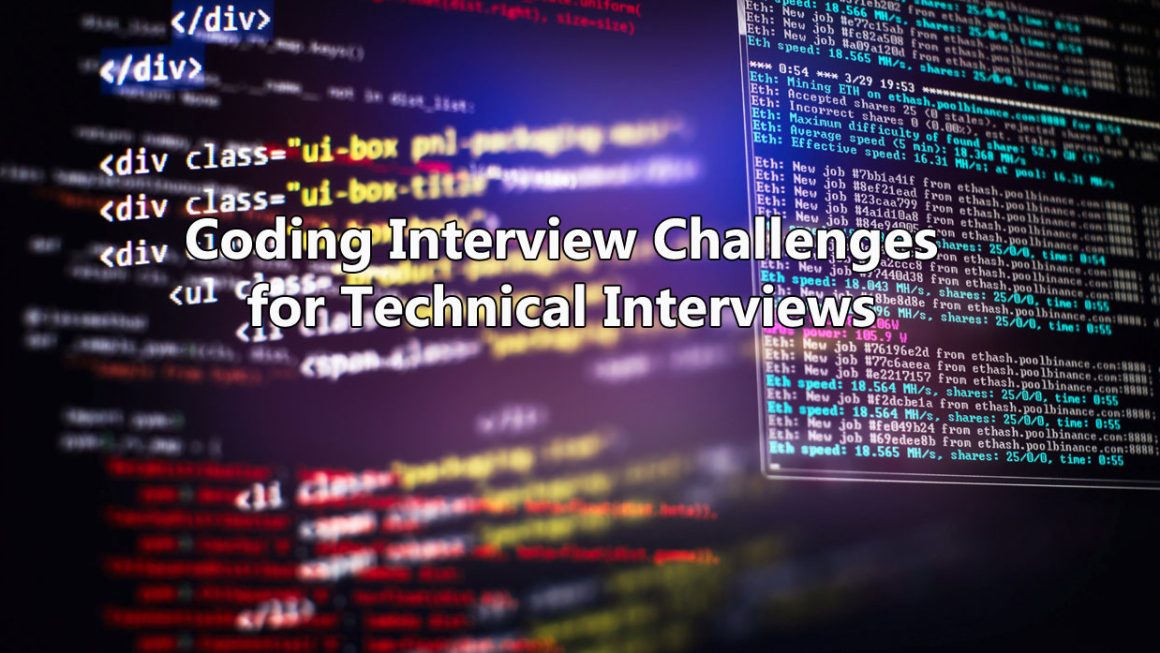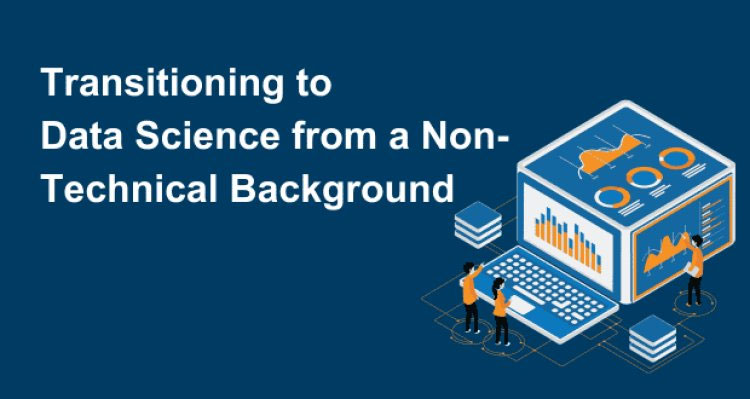Data is everywhere. Data fuels the modern world, from the mobile apps we use every day to the businesses relying on insights to make decisions. At the same time, there is a lot of talk these days about careers in data science, machine learning, and analytics; however, only a very small percentage of people really know how to get started on the right foot. Most learners start directly with coding or advanced tools and techniques without first building a personal roadmap for learning. This part is, in fact, the part where most people get lost and finally stop trying.
If you are one of those who intend on learning data-related concepts but are confused about where to start, then a personalised learning plan is what you need. It is just like your route map, which drives you from being a beginner to an expert. It isn’t just what, but also when and how to study. In this blog, we are going to discuss step by step how you could come up with a personal learning plan for your data journey.
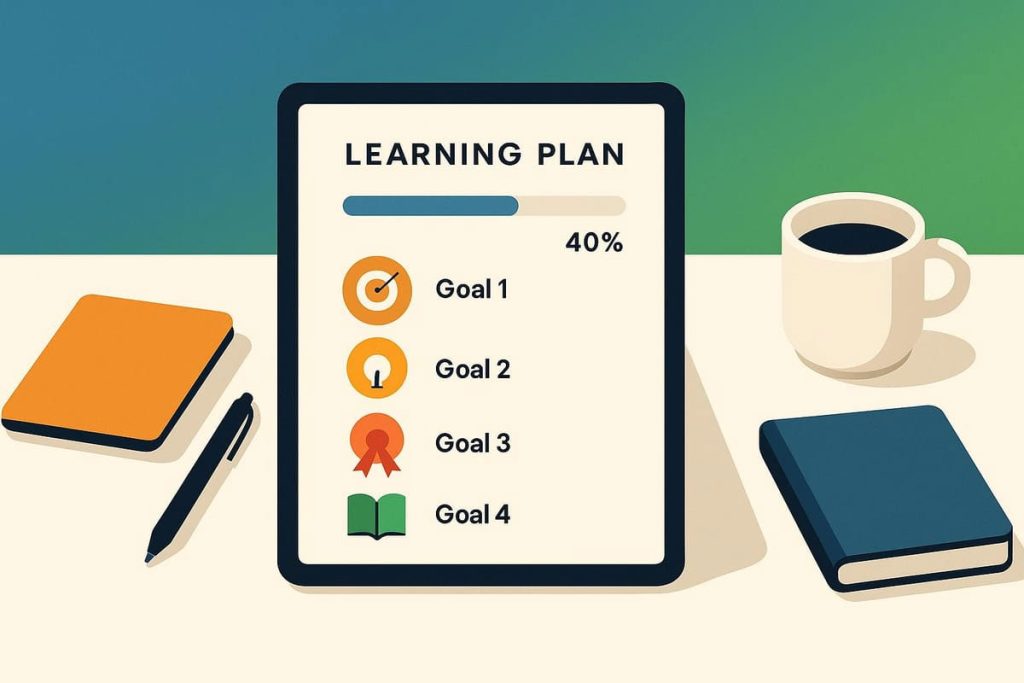
Why Do You Need a Personal Learning Plan?
Before digressing into the steps, first of all, we need to understand what is the importance of a plan. What would going on a long road trip be like without a map? Similar to how maybe you make it somewhere, but not where you need to go. Likewise, in the data world, we have an everlasting supply of books, tutorials, and courses. If you do not have a map, you will get lost in the noise.
A personal learning plan is to help you to:
- Stay focused and avoid distractions.
- Order makes sure you learn concepts one after another.
- Practice only what is really important and save time
- Breaking it down Month by Month: Track your growth and celebrate small wins.
Get yourself ready to efficiently tackle industrial projects and interview tests.
Step 1: Define Your Goal
The first step and the most important is understanding why you want to learn data skills. Are you looking to become a data analyst, a data scientist, a business analyst, or a machine learning engineer? To start, we look at your career goal — it is terrain-specific.
For example:
- For a data analyst role, be more oriented with Excel, SQL, Power BI, and data visualisation.
- If your goal is to get into data science, you will have to go deeper into Python, statistics, work on ML/AI and big data tools.
- If your focus is business analysis, then you need to be good at communication skills, requirement gathering, understanding business workflows, etc.
Hence, before commencing, jot down your goal on a piece of paper. It will also guide your learning process.
Step 2: Build a Strong Foundation
We know every building stands on top of a strong foundation. Your data journey has the same logic. Sure, you can go as advanced as you want, but first you have to learn the fundamentals.
- Mathematics and Statistics: Understand mean, median, probability, standard deviation, hypothesis testing, etc. These are the fundamentals of data science.
- Excel: Most common tool for data entry, cleaning and rapid analysis. Master formulas, pivot tables, and charts
- SQL: This is called the language of databases. Practice queries such as Select, Join, Group by and Filter data.
Wasting Time Here is very much needed because If Your Basics Are Good, then it will be very easy for you to make advanced concepts.
Step 3: Learn Programming for Data
Once you have spent enough time with the basics, the next step is programming. Being a simple and powerful language, Python is the most famous language in the field of data science.
Focus on:
- Learn the basics of Python: variables, loops, functions, and data types
- Required Libraries: Numpy for computation, Pandas for data manipulation, and Matplotlib or Seaborn for visualisation.
- Practical Exercise: Solve problems, write scripts, and practice on small datasets every day.
Programming must not be all theory. The more you do it, the more confidence you have.
Step 4: Explore Data Visualisation
Data alone is useless unless you package the data, which is where the data visualisation tools come into play.
- Do Dashboard with Power BI or Tableau.
- Work on converting unwieldy data to meaningful charts.
- Focus on storytelling. A great analyst does not just present graphs; he tries to tell a story through data.
Just keep in mind that the companies are not looking for code runners. They need professionals who can make insights understandable in simple words.
Step 5: Move to Machine Learning and Big Data (Optional, But Very Powerful)
You will have to move to advanced topics eventually, but if your goal is data science or machine learning, you need to eventually do that anyway.
- Machine Learning: Introduction to both supervised and unsupervised learning, Familiarity with algorithms such as linear regression, decision trees, and clustering
- Big Data Tools: These are tools that allow you to work with extensive data (i.e., tools such as PySpark and Hadoop). Learn them step by step.
- Cloud Platforms: AWS and Azure are being widely used for real-time data storage and analytics processes.
There is no need to rush into these subjects. You should enter this stage only after laying a stronger foundation.
Step 6: Work on Real Projects
Knowing without trial is like reading cooking directions but never attempting the dish. Real projects are the best teaching moments for data skills.
Some project ideas include:
- Exploring sales data for a store
- Analysing COVID-19 data for insights
- Making A Dashboard For Cricket Match Stats
- Building a model for predicting house prices
Projects will help you gain confidence and will also help you make your resume strong.
Step 7: Join a Learning Community
Self-learning can feel lonely. It helps in motivating you by connecting you with a community. Enables discussions around problems, sharing of knowledge, and higher speed learning.
- Participate in data-related LinkedIn groups.
- Engage in online communities such as Kaggle or GitHub.
- Attend webinars and workshops.
That is to say, studying alongside others allows you to see new ways and keeps you inspired.
Step 8: Stay Consistent and Update Your Skills
As for data, it is a dynamic domain. Every other year, there are new tools, new algorithms, and new trends. In other words, your learning plan should continue even after you land a job.
- Read blogs and research papers.
- The best way to learn about data yourself is to follow professionals in the industry on LinkedIn or Twitter.
- Enrol in short courses to keep up.
Consistency is the secret. If you discover just one brand-new principle a day, that amounts to a great deal in a single year.
Common Mistakes to Avoid
Be careful of these common mistakes while preparing your personal learning plan:
- Not learning the basics and going straight into machine learning
- Endlessly watching tutorials and not practising.
- Opening too many resources simultaneously and getting all mixed up.
- Quitting when the going gets tough, too soon.
Learning about data is a marathon, not a sprint, peeps! Patience and persistence are key.
Final Thought
In short, putting together a personal learning plan for your data journey is not that hard once you break it down into small steps. Begin with the fundamentals, followed by tool and programming understanding, transition to higher-level topics, and continue working through real-world projects. Keep in mind, the ultimate aim is not to learn tools but to solve business problems using data.
We at ConsoleFlare believe that guided path, structured content, and practical exposure can shape any learner into an industry-ready data professional. With the right plan and effort, you can land your dream role irrespective of whether you are a student, working professional, or someone restarting your career.
Your data journey begins today. The only question there is—are you ready to do it?
For more such content and regular updates, follow us on Facebook, Instagram, LinkedIn


